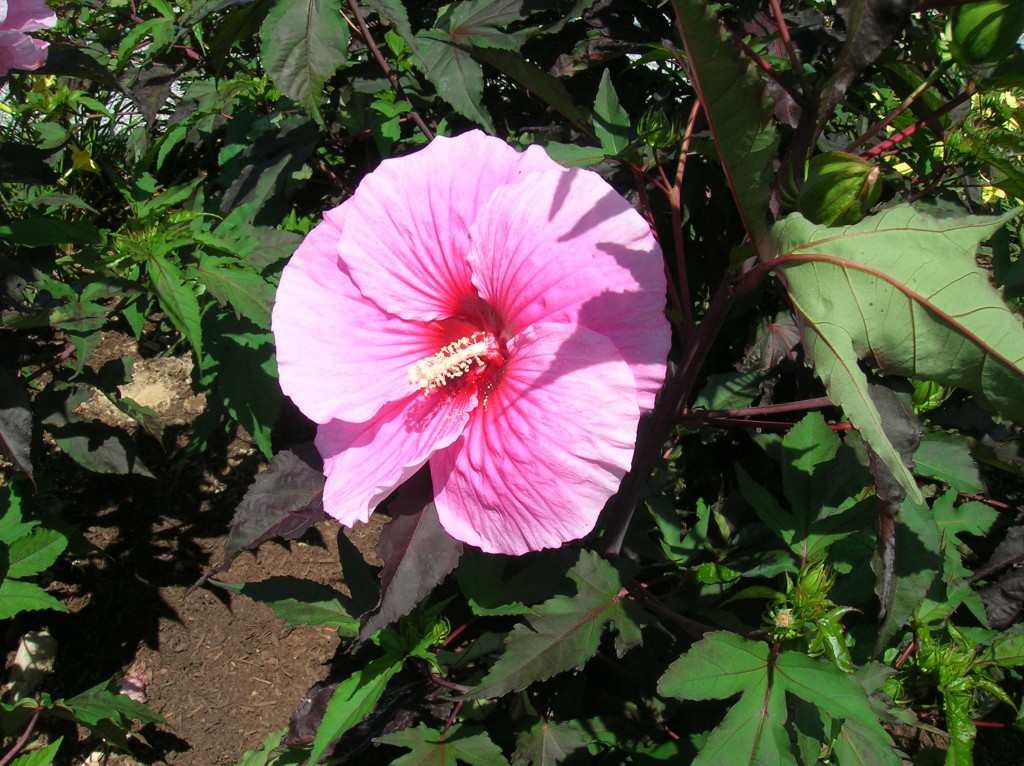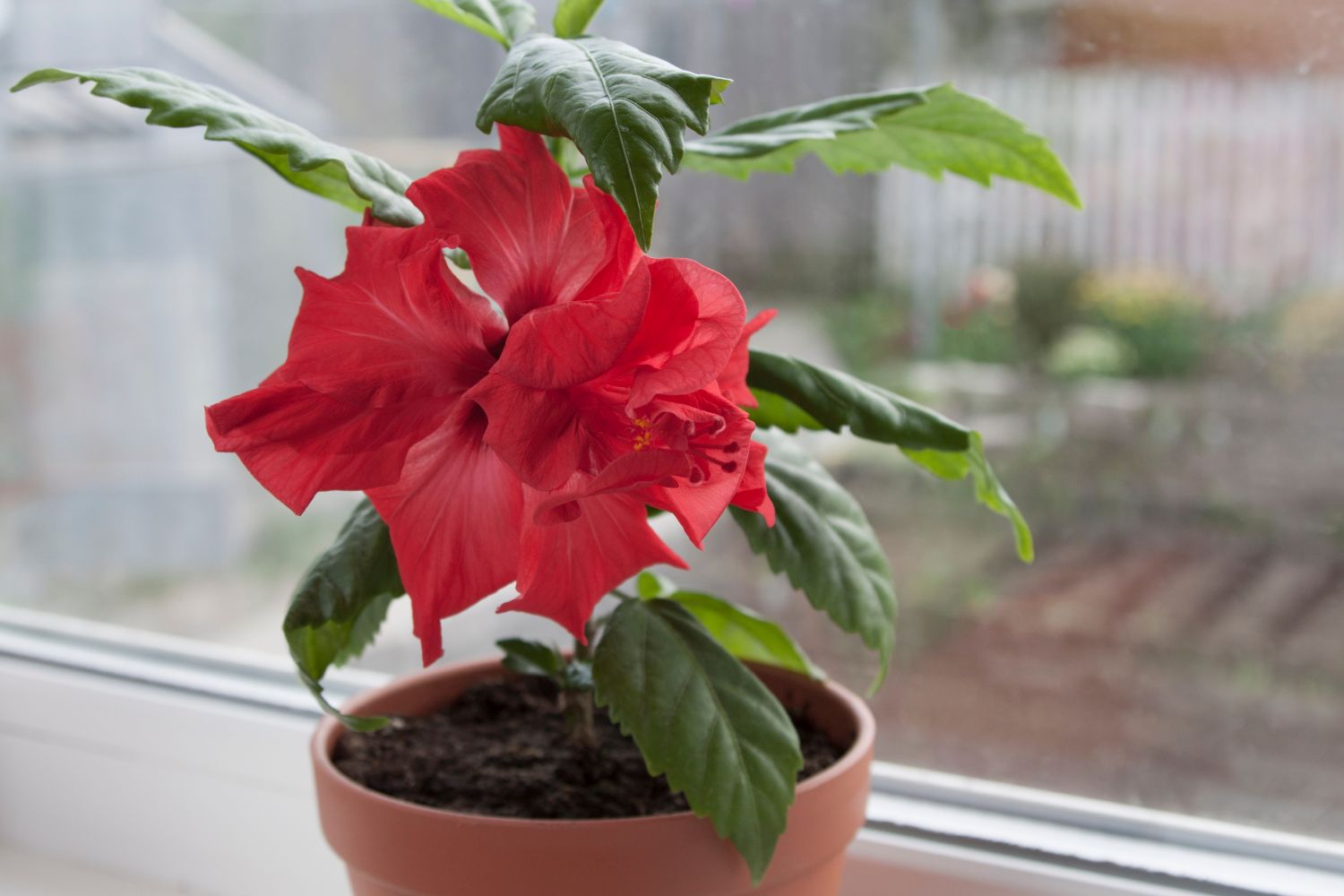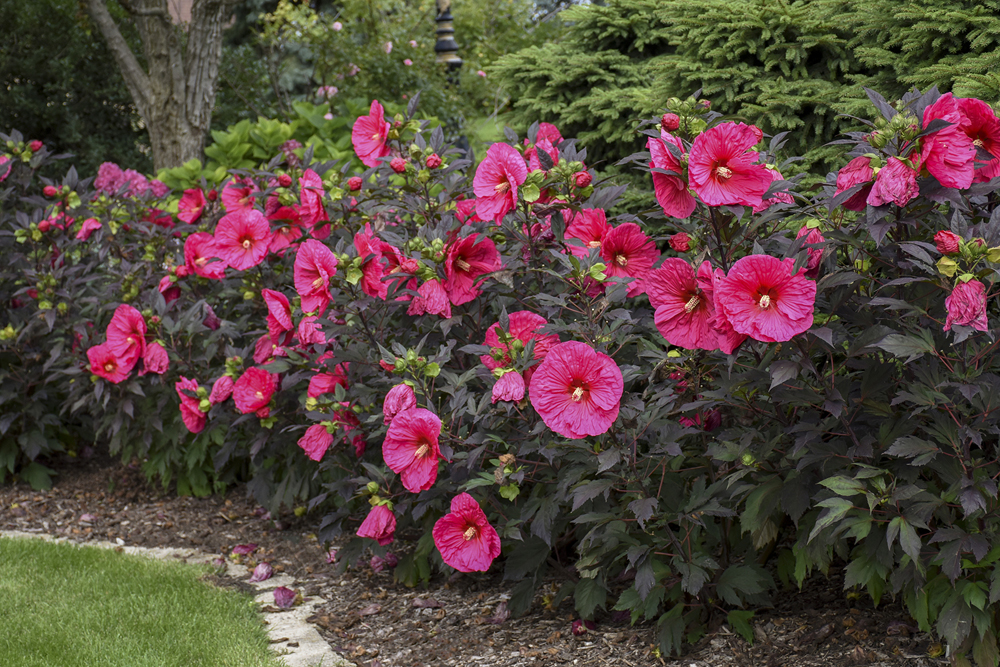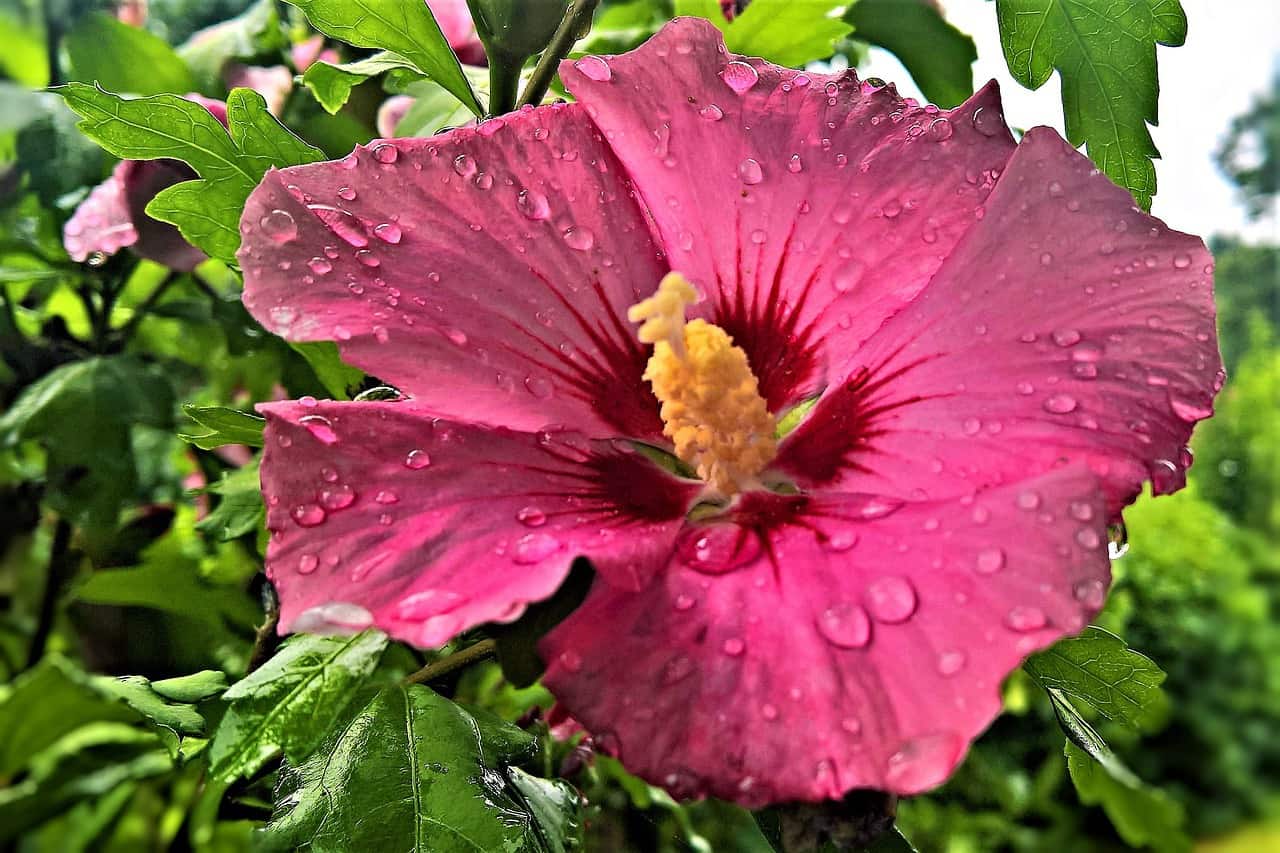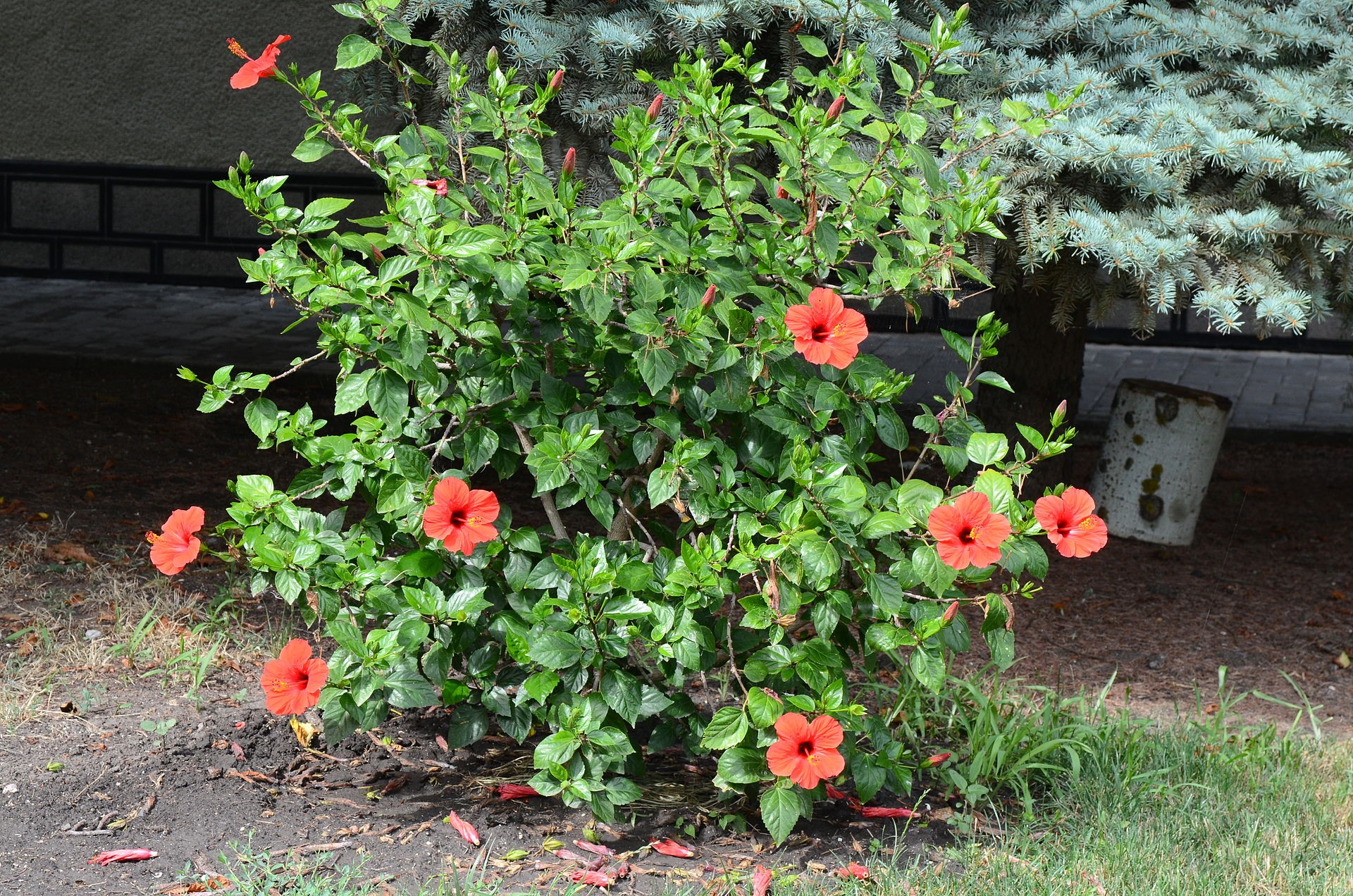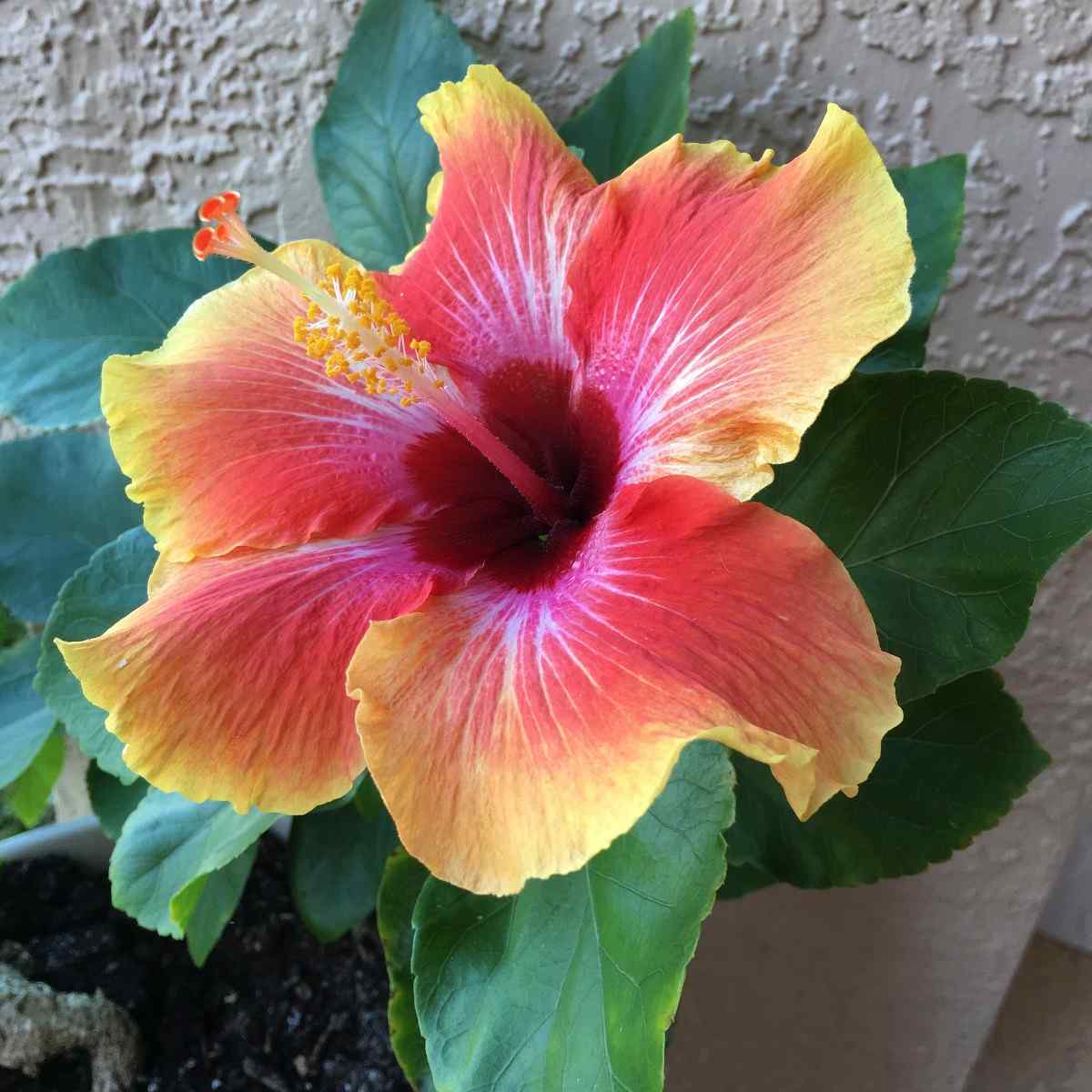Choosing the Right Hibiscus Variety for Your Garden
When it comes to growing hibiscus flowers, selecting the right variety is crucial for success. With over 200 species of hibiscus, each with its unique characteristics, choosing the best one for your garden can be overwhelming. To ensure you’re on the right track, it’s essential to understand the different types of hibiscus flowers and their specific needs. Tropical hibiscus, for instance, thrive in warm climates and require full sun to partial shade. Hardy hibiscus, on the other hand, are more tolerant of cooler temperatures and can survive light frosts. Rose of Sharon, a type of hardy hibiscus, is known for its stunning blooms and ability to attract butterflies and hummingbirds. When selecting a hibiscus variety, consider factors such as your climate, available space, and desired bloom color. By doing so, you’ll be well on your way to learning how to grow hibiscus flowers that will add beauty and charm to your garden.
Preparing the Soil for Hibiscus Planting
Before planting hibiscus flowers, it’s essential to prepare the soil to ensure optimal growth. Hibiscus plants thrive in well-draining soil with a pH level between 6.0 and 7.0. To achieve this, test the soil pH and amend it if necessary. Add organic matter such as compost or manure to improve soil structure and fertility. Hibiscus plants are heavy feeders and require adequate nutrients to produce vibrant blooms. A balanced fertilizer with a ratio of 10-10-10 (nitrogen-phosphorus-potassium) can be applied according to the manufacturer’s instructions. Additionally, incorporate perlite or vermiculite to improve soil aeration and drainage. By preparing the soil correctly, you’ll be well on your way to learning how to grow hibiscus flowers that will thrive and bloom beautifully.
How to Plant Hibiscus Flowers for Maximum Success
Planting hibiscus flowers requires careful attention to detail to ensure a strong and healthy start. When learning how to grow hibiscus flowers, it’s essential to handle the roots with care. Gently remove the plant from its container, taking care not to disturb the roots. If the roots are wrapped in burlap, remove the burlap and any string or wire that may be constricting the roots. Plant the hibiscus at the same depth as it was in the container, making sure the crown (where the stem meets the roots) is level with the soil surface. Space the plants correctly, allowing at least 3-5 feet between each plant to accommodate their mature size. Dig a hole that is twice as wide and just as deep as the root ball. Add organic matter such as compost or well-rotted manure to the soil to improve its fertility and drainage. Water the plant thoroughly after planting and keep the soil consistently moist during the first few weeks after planting. By following these steps, you’ll be well on your way to growing healthy and thriving hibiscus flowers.
Watering and Humidity Requirements for Hibiscus Plants
Hibiscus plants require consistent moisture, especially when they’re producing buds and flowers. When learning how to grow hibiscus flowers, it’s essential to understand their watering needs. Water hibiscus plants when the top 1-2 inches of soil feel dry to the touch. Avoid getting water on the leaves or flowers to prevent fungal diseases. Instead, water at the base of the plant, allowing the soil to absorb the water. Hibiscus plants prefer high humidity, typically above 50%. To maintain the right humidity levels, mist the plants regularly, especially in dry or air-conditioned environments. In areas with low humidity, consider using a humidifier or grouping plants together to create a microclimate. By providing the right amount of water and humidity, hibiscus plants will thrive and produce an abundance of beautiful flowers.
Fertilizing Hibiscus Flowers for Optimal Blooms
Fertilizing hibiscus plants is crucial for promoting healthy growth and abundant blooming. When learning how to grow hibiscus flowers, it’s essential to understand the importance of fertilization. Hibiscus plants are heavy feeders and require a balanced fertilizer that provides nitrogen, phosphorus, and potassium. A fertilizer with a ratio of 10-10-10 or 20-20-20 is ideal. Apply fertilizer to the soil every 2-3 weeks during the growing season, which is typically from spring to fall. Avoid over-fertilizing, as this can damage the plant’s roots and lead to weak growth. Instead, focus on providing a steady supply of nutrients to encourage strong, healthy growth and an abundance of beautiful blooms. Additionally, consider adding organic matter such as compost or manure to the soil to provide additional nutrients and improve soil structure. By fertilizing hibiscus plants correctly, you’ll be rewarded with vibrant, thriving plants that produce an abundance of stunning flowers.
Pruning and Training Hibiscus Plants for Maximum Growth
Pruning and training hibiscus plants are essential techniques for promoting healthy growth, encouraging blooming, and maintaining the plant’s shape. When learning how to grow hibiscus flowers, it’s crucial to understand the importance of pruning and training. Prune hibiscus plants in the early growing season to encourage bushy growth and promote blooming. Remove any dead or damaged branches, and cut back the plant to about one-third of its height. This will help the plant focus its energy on producing new growth and flowers. Train hibiscus plants by providing support, such as stakes or trellises, to help them grow upright and maintain their shape. This is especially important for tall varieties of hibiscus that can grow up to 15 feet tall. Regular pruning and training will help hibiscus plants thrive and produce an abundance of beautiful flowers. Additionally, pruning can help control the plant’s size, making it ideal for growing in containers or small gardens. By incorporating pruning and training into your hibiscus care routine, you’ll be rewarded with healthy, thriving plants that produce stunning blooms.
Pest and Disease Management for Hibiscus Plants
When learning how to grow hibiscus flowers, it’s essential to be aware of the common pests and diseases that can affect these plants. Hibiscus plants are susceptible to pests such as aphids, whiteflies, and mealybugs, which can cause damage to the leaves and stems. Regularly inspect the plants for signs of infestation, and treat promptly with insecticidal soap or neem oil. Hibiscus plants are also prone to diseases such as root rot, leaf spot, and powdery mildew, which can be caused by overwatering, poor air circulation, and high humidity. To prevent disease, ensure good air circulation around the plants, water carefully, and remove any infected leaves or stems. Fungal diseases can be treated with fungicides, while bacterial diseases may require antibiotic treatments. By being proactive in monitoring for pests and diseases, and taking prompt action when necessary, you can help prevent damage to your hibiscus plants and ensure they continue to thrive and produce beautiful blooms. Additionally, maintaining good garden hygiene, such as removing weeds and debris, can also help prevent the spread of pests and diseases. By incorporating pest and disease management into your hibiscus care routine, you’ll be well on your way to growing healthy, vibrant hibiscus flowers.
Tips for Encouraging Hibiscus Flowers to Bloom
To encourage hibiscus flowers to bloom, it’s essential to provide the right conditions and care. One of the most critical factors is to provide support for the plants, especially for tall varieties that can grow up to 15 feet tall. Use stakes or trellises to help the plants grow upright and maintain their shape. Deadheading, or removing spent flowers, is another crucial step in encouraging hibiscus flowers to bloom. This will help the plant focus its energy on producing new flowers rather than seed production. Additionally, protecting the plants from extreme weather conditions, such as strong winds and frost, can help promote blooming. When learning how to grow hibiscus flowers, it’s also important to consider the importance of mulching around the base of the plants. Mulching helps retain moisture, suppress weeds, and regulate soil temperature, all of which can contribute to healthy blooming. By incorporating these tips into your hibiscus care routine, you’ll be well on your way to growing vibrant, blooming hibiscus flowers that will add beauty and charm to your garden. Remember, with the right care and attention, hibiscus plants can thrive and provide a stunning display of color and beauty. By following these tips and tricks, you’ll be able to enjoy the beauty of hibiscus flowers in your garden for years to come.


